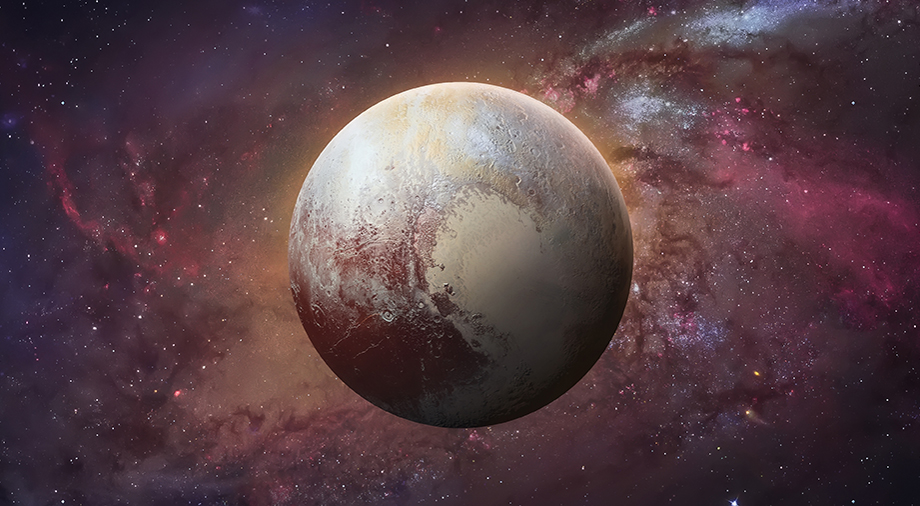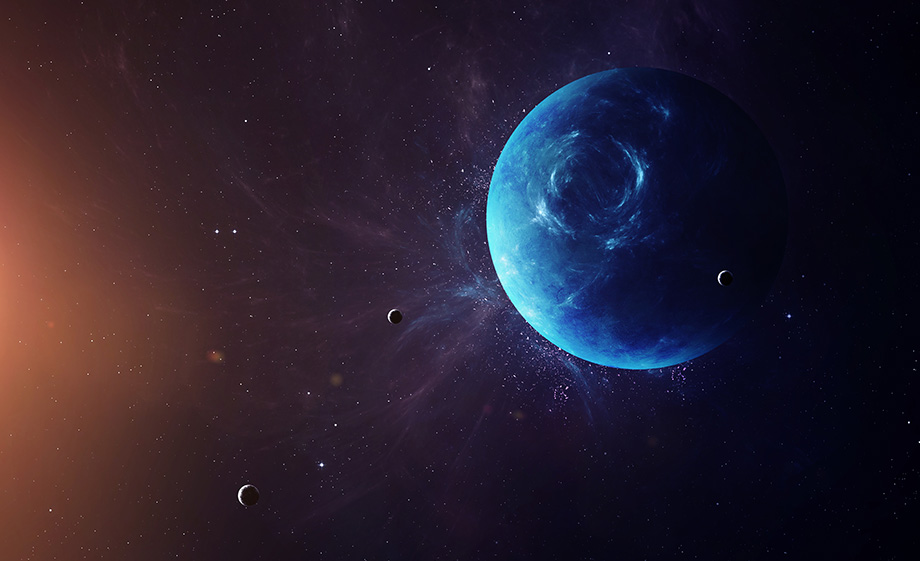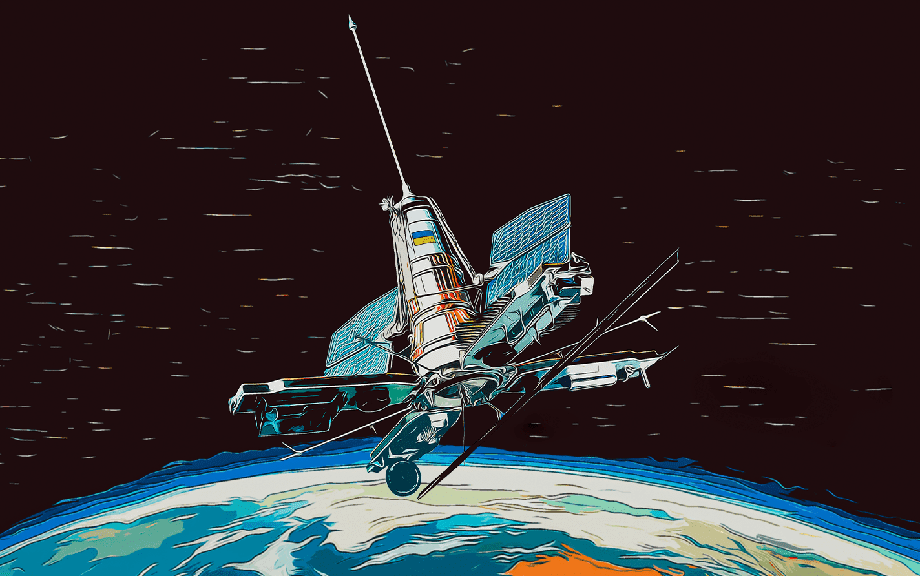For seven decades, Pluto was known as the ninth planet in the solar system. Its orbit was thought to mark a boundary followed by a vast void extending all the way to the Oort cloud, a hypothetical region from which new comets fly into the solar system.
We now know that this is not true. Pluto is not a lonely wanderer on the outskirts of the solar system, but only one of many icy bodies. But all this does not make it any less interesting, indeed quite the opposite. Today we will talk about how humanity has explored this distant and strange world, and also why it was deprived of its status as a planet.
In search of a new planet X
In 1846, guided by the calculations of the French mathematician Urbain Le Verrier, astronomers Johann Halle and Heinrich d’Arre made one of the most significant discoveries of the 19th century – the discovery of the planet Neptune.
The “discovery with the point of a pen,” as it was known, was no accident. Le Verrier was trying to find Planet X – a celestial body causing deviations in the orbit of Uranus. However, after the first estimates of Neptune’s mass were made, some researchers began to argue that it was not enough to explain all the deviations in Uranus’s orbit. Another argument in favor of this hypothesis was the anomalies in the trajectories of certain comets. Therefore, there was probably another planet lurking on the outskirts of the solar system.
The problem was that the new Planet X would be located at such a great distance from the Sun that it would appear as a very dim and extremely slowly moving star even to the most powerful telescopes of the time. Therefore, for a long while, astronomers did not make serious attempts to find this body.
Everything changed at the beginning of the twentieth century, when American businessman Percival Lowell joined the search for Planet X. At some point, he became very interested in astronomy and built the largest private observatory in the United States. In 1906, Lowell initiated an extensive project to search for the planet. Calculations showed that Planet X should be located in the constellation Gemini. Lowell spent 10 years trying to find it. Ironically, his observatory photographed Pluto twice in 1915. Alas, in one of the photographs, the image was superimposed on a star, in another it fell on a defect in the plate, which meant that no discovery would occur.
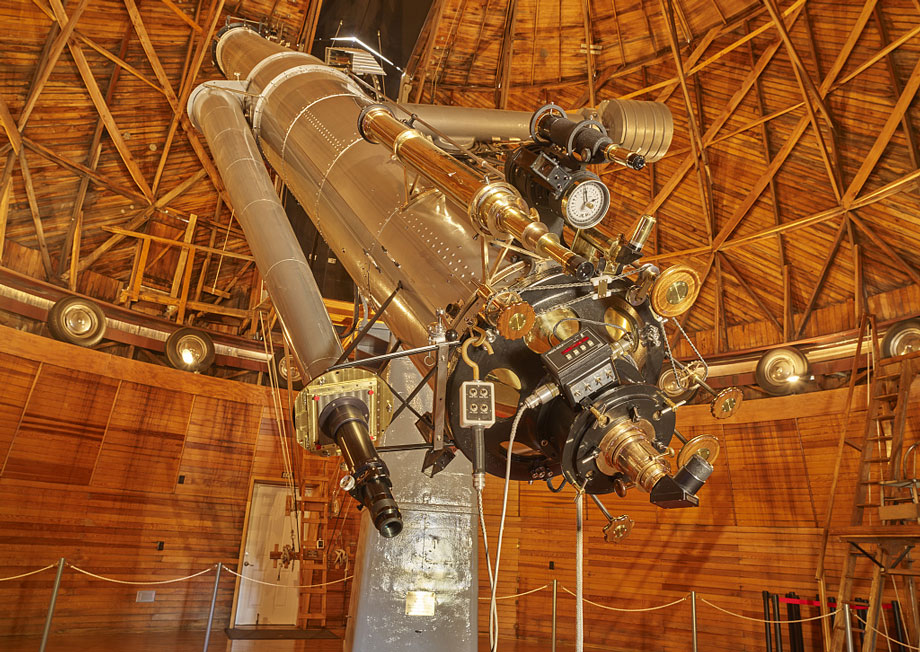
Photo: loc.gov
Lowell died in 1916. His widow began legal battles over the inheritance, which led to the cessation of the observatory’s work for more than a decade. Only at the end of 1928 was research resumed by the young astronomer Clyde Tombaugh, who worked independently using a new photographic telescope. He used the coordinates of the Lowell Observatory and divided the entire search sector into small sections. He photographed each of them three times with an interval of 2-3 days. On one photographic plate he produced an average of 160,000 dots—images of stars. The task was to find one dot among these 160,000 that would have shifted relative to the stars, which would thus be the sought-after Planet X.
To detect this shift, Tombaugh used a device called a blink comparator. Two sequentially-obtained photographic plates of the same area of the sky were placed in it. By rearranging the mirrors, the researcher could alternately see one of two plates—left or right. It was important to arrange the plates in such a way that all the images of the stars remained in place and merged together. If any of the points turned out to be displaced, then when the mirror was flipped over, it began to “blink,” as it were, which became noticeable to the observer.
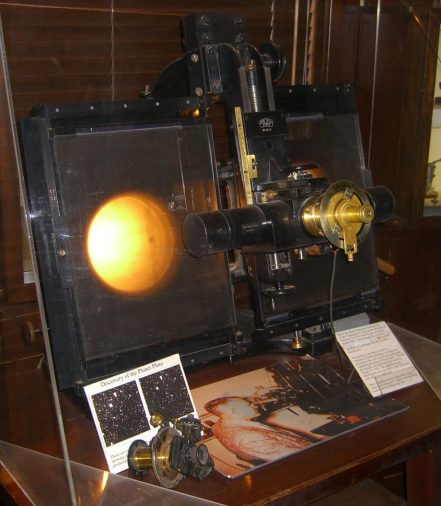
Photo: wikipedia.org
The astronomer persevered for 14 hours a day for a year with almost no days off. Of course, he repeatedly found shifting points, but they turned out to be either asteroids,or comets. Tombaugh often encountered defects in his photographic emulsions, forcing him to use a third, control photographic plate. The situation was complicated by the fact that during the search the researcher was approaching the strip of the Milky Way and the number of stars was steadily increasing, reaching 400,000 on one plate. However, Tombaugh did not give up and continued to work. On February 18, 1930, he discovered his objective.
After observations confirmed that the body found by Clyde Tombaugh was not an asteroid and was indeed located at the edge of the solar system, the question arose about what to call it. Among the options offered were Zeus, Minerva, Kronos, and Percival. In the end, the name proposed by 11-year-old Venetia Bernie was chosen. When asked by her grandfather what she would call the new planet, the girl replied that since it was so distant and cold, it should be called Pluto in honor of the Roman god of the underworld. Her grandfather liked this option so much that he told a friend of his astronomy professor about it, who passed it on to the workers at the Lowell Observatory. During the subsequent vote to determine the name of the planet, Pluto was the unanimous choice. This name not only followed in the long tradition of naming planets in honor of the gods, but also paid a peculiar tribute to Percival Lowell, since the first two letters corresponded with his initials, P. L.
Pluto’s “shrinking”
Despite the fact that almost all astronomers of that time unconditionally accepted that Pluto was the sought-after Planet X, one problem remained. Even with the most powerful telescopes, they still couldn’t see Pluto’s disk, and it still looked like a star. Therefore, it was believed that with a mass similar to the mass of the Earth, Pluto had a very dark surface that almost does not reflect light.
Otherwise, specific knowledge about Pluto, in fact, was limited only to its orbital characteristics. Astronomers found that the new planet makes one revolution around the Sun every 248 years, moving in a very elongated orbit. Its aphelion is about 50 AU. (7.5 billion km), and its perihelion is 30 AU. (4.5 billion km). Thus, Pluto periodically comes closer to the Sun than Neptune. The last time this happened was between 1979 and 1999.
As technology improved, estimates of Pluto’s mass and diameter gradually decreased, and more and more astronomers expressed doubts that it was indeed Planet X. The final nail in the coffin of this theory came in 1978, when American astrophysicist James Christie discovered Pluto’s moon, called Charon.
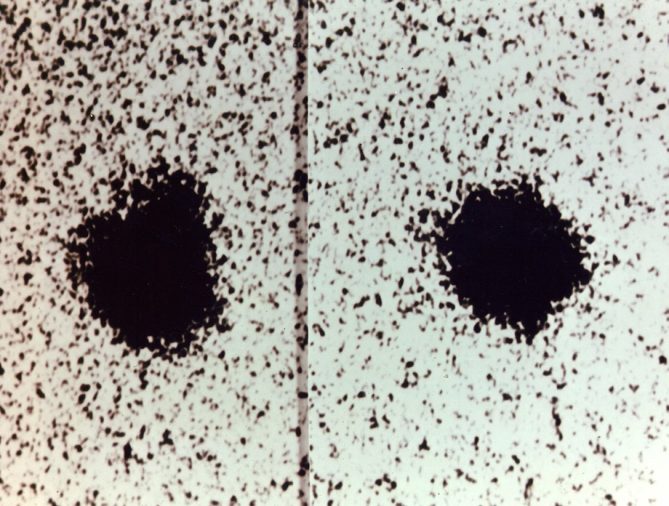
Photo: NASA
Thanks to the discovery of Charon, astronomers were finally able to determine Pluto’s mass. It turned out that it has 500 times less mass than the Earth. Thus, Pluto could not have any influence on Uranus. The end to this story came at the end of the next decade, when the Voyager 2 probe established Neptune’s mass and discovered that it was initially determined incorrectly. After its elimination, it turned out that Uranus was actually not subject to any inexplicable influences from unknown bodies. This meant that Planet X in its traditional sense never existed, and the discovery of Pluto by Clyde Tombaugh was a happy accident based on initially erroneous calculations.
The Long Road to Pluto
The next important discovery related to Pluto was made in 1988, when astronomers established that it has an atmosphere, albeit an extremely rarefied one. In addition, it turned out that Charon’s mass is only eight times less than that of Pluto, and their common center of gravity is located outside the Plutonian surface. Therefore, they rotate around a common point in space and are constantly facing each other with the same side. Based on this, some astronomers even began to consider Pluto and Charon not as a planet and moon, but as a binary (double) planet.
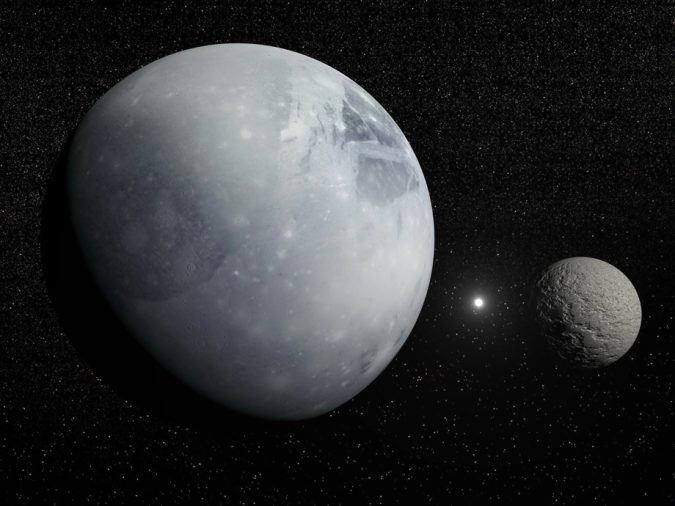
All these discoveries raised the question of organizing a mission to Pluto. Even during the development of the Voyager program, engineers at NASA considered the possibility of sending a probe to Pluto. If the plan had been approved, Voyager 1 would have visited the planet in March 1986, but for a number of reasons, it never got off the ground.
After Voyager 2 made its historic flyby of Neptune in 1989, Pluto remained the last large unexplored object in the solar neighborhood (known at that time). It seemed logical that NASA would soon send an interplanetary probe to it and remove the last blank spot from the map of the Solar System.
In the late 1980s and early 1990s, several groups of American scientists and engineers actually began preliminary development of concepts for a mission that could be sent to Pluto. One of them, called Pluto 350, involved launching a probe weighing 350 kg onto a flight path. Unfortunately, in those years, NASA’s budget was subject to cuts, and the department was not ready to finance another large interplanetary mission. As a result, Pluto 350 was shut down.
The situation began to gradually change in the late 1990s. By then, astronomers were able to confirm the existence of the Kuiper Belt, a distant region filled with large numbers of icy bodies left over from the formation of the Sun and planets. At the beginning of the 2000s, researchers discovered large numbers of massive trans-Neptunian objects, the sizes of which were comparable to Pluto. It became clear that Pluto is not a loner on the edge of the solar system, but only one of the largest members of a whole class of bodies. All this significantly increased the interest of the scientific community and the general public in the idea of sending a spacecraft to this unexplored region.
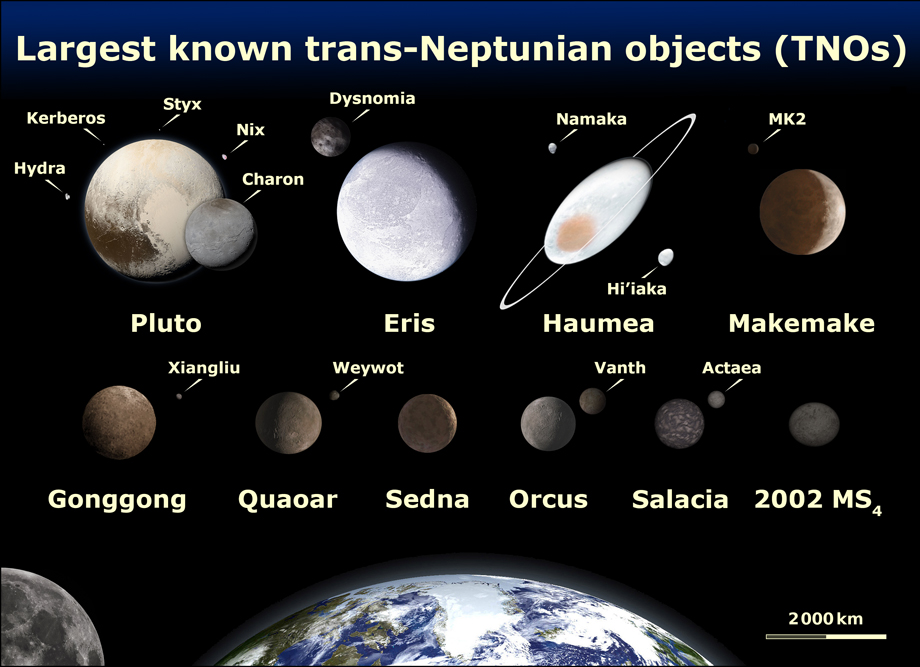
Photo: wikipedia.org
As a result, NASA’s Jet Propulsion Laboratory developed a new mission design for Pluto, called Pluto Kuiper Express. Its launch was planned for 2004. But in 2000, the leadership of the aerospace agency cancelled the mission after it was deemed too expensive.
Fortunately, a team of researchers from the Johns Hopkins University Applied Physics Laboratory, led by Alan Stern, prepared an alternative mission to Pluto, later called New Horizons. During its development, the main emphasis was placed on its relatively low cost and high speed of implementation. Thus, in order to reduce costs, the designers proposed using components and engineering solutions from previous NASA missions, in particular Cassini. These measures yielded results and, as a result, the aerospace administration decided to approve the expedition to Pluto.
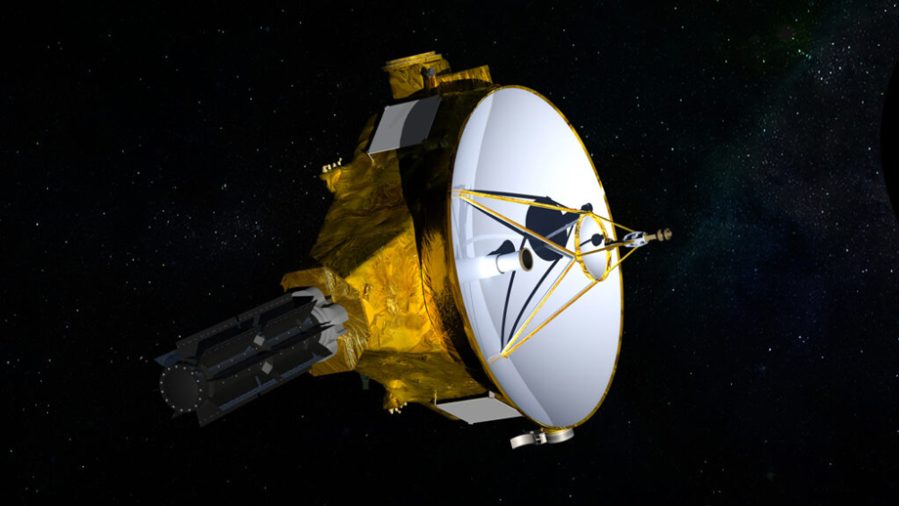
Image: NASA
New Horizons launched in January 2006. At that time, Pluto still held the title of the ninth planet. However, it was stripped of this status at a rather scandalous session of the International Astronomical Union (IAU), held in August 2006.
The key reason for this “demotion” was the discovery at the beginning of the 2000s of several trans-Neptunian objects comparable to Pluto in size and mass. This presented astronomers with a dilemma – either recognize all these bodies as planets, or combine them into a new category and reclassify Pluto. As a result, they chose the second option and Pluto was re-designated a dwarf planet.

Photo: wikipedia.org
To be fair, we note that the decision of the IAU intertwined not only scientific, but also personal motives. Thus, according to Alan Stern, one of its main driving forces was the British astronomer Brian Marsden, who for some reason strongly disliked Clyde Tombaugh and set himself the goal of “destroying” his scientific legacy by excluding Pluto from the list of planets.
Rendezvous at the edge of the solar system
Pluto’s reclassification had no impact on the progress of the New Horizons mission. In 2007, the device performed a gravity assist maneuver near Jupiter, and in the summer of 2015 it reached its destination.
It is worth noting that some engineers awaited this event with anxiety. The fact is that in 2005-2011, the Hubble telescope discovered four small moons around Pluto. Most scientists believed that the dwarf planet had yet undiscovered moons, and perhaps even rings, whose particles could destroy the probe in the event of a collision. Fortunately, these concerns were not validated. New Horizons was unable to find any new moons or traces of rings around Pluto, so there was no threat to its flight.
The historical event took place on July 14, 2015. On that day, New Horizons passed at a distance of 12,500 km from the surface of Pluto and 28,800 km from Charon. After confirming that the device successfully survived the rendezvous and completed all necessary measurements, a long period of retransmission of the data collected during the flight began.
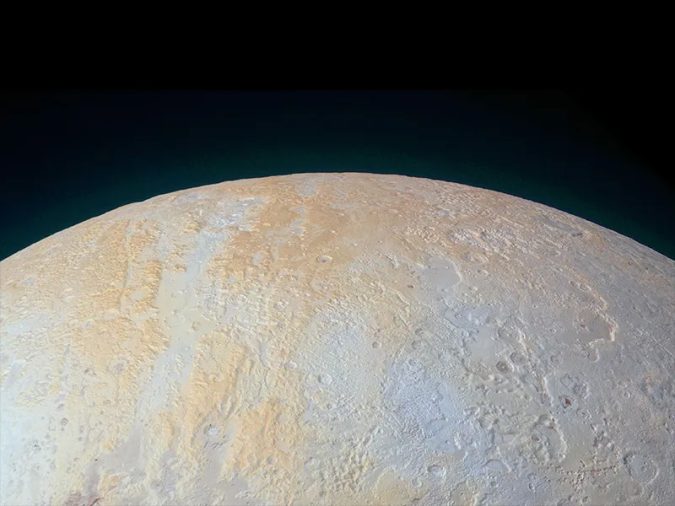
Фото: NASA/Johns Hopkins University Applied Physics Laboratory/Southwest Research Institute
Astronomers’ expectations were rewarded even beyond their expectations. Before New Horizons’ visit to Pluto, it was thought to resemble Triton, which is a captured Kuiper belt object. But the first photographs showed that this was not the case. The main distinguishing feature of the dwarf planet is its “heart,” a huge region of a characteristic shape with a diameter of 2300 km. Its western part (Sputnik Planitia) is one of the most amazing formations in the entire solar system. It is covered with smooth nitrogen ice, which does not have a single impact crater, indicating its exceptional youth. The edges of Sputnik Planitia are framed by mountains made of water ice. At Pluto’s surface temperatures, it actually behaves like rock.
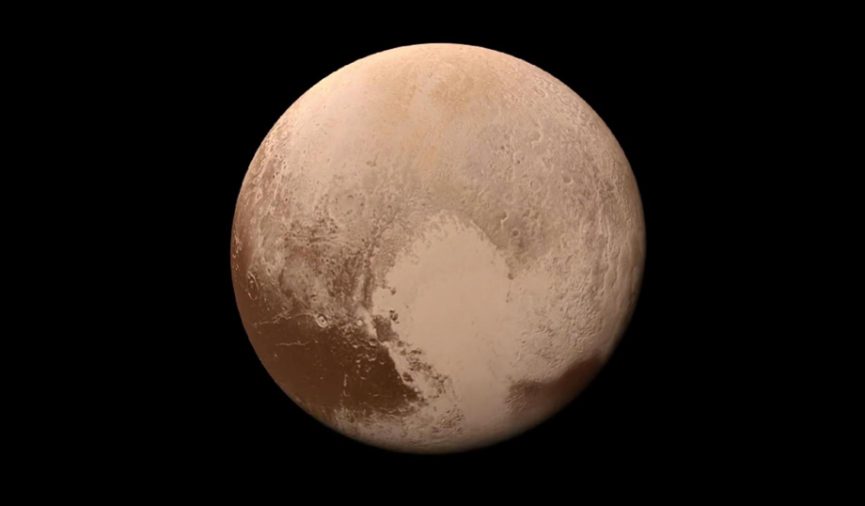
Photo: New Horizons/NASA
According to researchers, Sputnik Planitia is a huge impact crater gradually being filled with nitrogen and other frozen volatile substances. New Horizons images show that the region is covered in a kind of slab of nitrogen ice. It is assumed that the nitrogen underneath is in a liquid state. When it comes to the surface, it freezes and forms new plates. Over time, they “dive” under others, submerge, and melt, after which the process repeats. Thus, this entire region is something like a giant “lava lamp”, providing constant renewal of the surface.
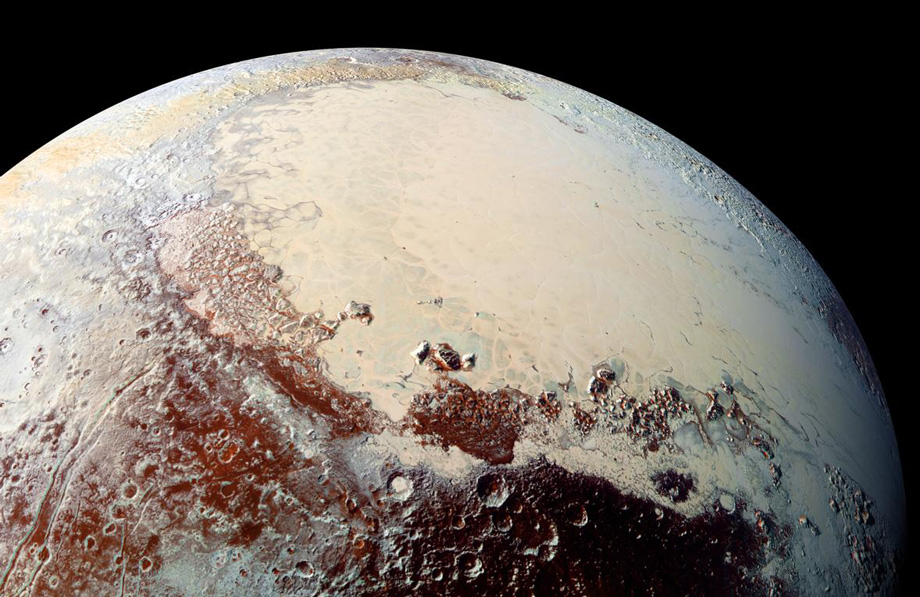
Photo: New Horizons/NASA
Another amazing fact is that there are real icebergs floating around Sputnik Planitia – blocks of water ice that periodically break off from the surrounding mountains. However, they move very slowly at only a few centimeters per year.
But Sputnik Planitia is far from the only attraction of the dwarf planet. New Horizons was also able to photograph unusual “jagged” areas covered in distinctive ice formations that look like sharp blades with heights reaching 500 m. They are usually located in rows at intervals of 3-5 km. These protrusions are formed when methane from the dwarf planet’s atmosphere freezes.
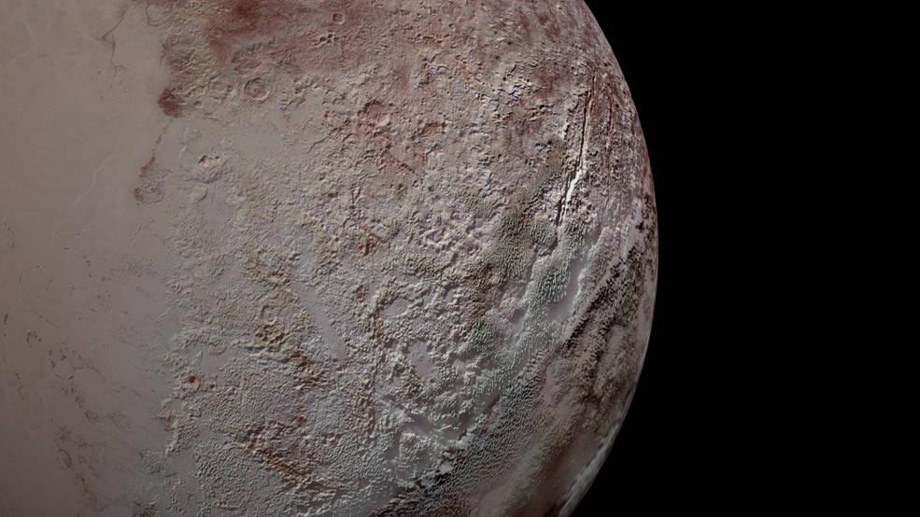
Photo: New Horizons/NASA
Pluto also has high mountainous and heavily cratered regions. New Horizons images showed that their highest areas are covered with methane snow, while the lowlands are hidden by tholins – a mixture of complex organic molecules formed in a nitrogen-methane atmosphere under the influence of solar radiation.
Valuable data was also collected about the dwarf planet’s gaseous envelope, which turned out to be much more complicated than scientists had previously thought. New Horizons found that Pluto’s atmosphere consists of many layers of hydrocarbon haze. At the same time, despite its extreme rarefaction, it has winds blowing which have some influence on the surface. One of the mission’s most iconic images was taken while the Sun was behind Pluto, illuminating its atmosphere. In this photo, the dwarf planet is surrounded by a beautiful blue haze.
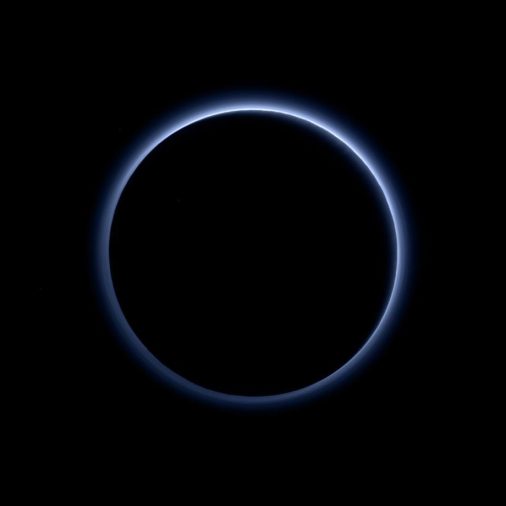
Photo: NASA
Charon also held a few surprises. It turned out that a gigantic system of canyons stretches along its equator, with depths reaching 9 km. It is possible that its total length may even exceed the length of the famous Valles Marineris on Mars. Charon most likely once had a subsurface ocean. When it froze, it caused the moon’s interior to expand, causing its crust to simply crack.
Another unusual feature of Charon are the mountains which literally grow out of its depressions. Their origin is assumed to be somehow connected with cryovolcanic activity, but the exact mechanism remains a mystery to scientists.
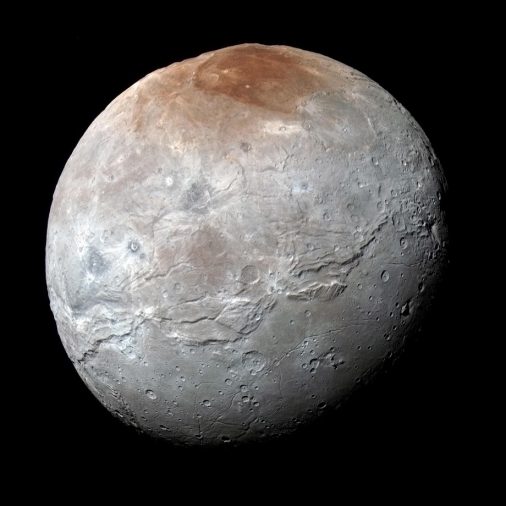
Photo: NASA
As for Pluto, as New Horizons data is processed, more and more researchers are inclined to speculate that an ocean of liquid water may still exist in the dwarf planet’s bowels. It is quite possible that it may be inhabited.
However, whether this is true or not, we are not likely to find out soon. In the years since New Horizons’ visit, several projects for new missions to Pluto have been developed, but their time frames stretch many decades. Because of this, and also because of their significant high cost, all of them still exist only on paper. Currently, neither NASA nor any other space agencies have official plans to send new missions to the dwarf planet. It is now difficult to say when this situation may change.
In any case, even if we are not even able to speculate on when a human envoy will visit Pluto again, the small icy world has already revealed key mysteries to us. We now know that such a cold body can be geologically active. This means that the search area for extraterrestrial life is much wider than previously thought, and even includes extremely distant corners.

